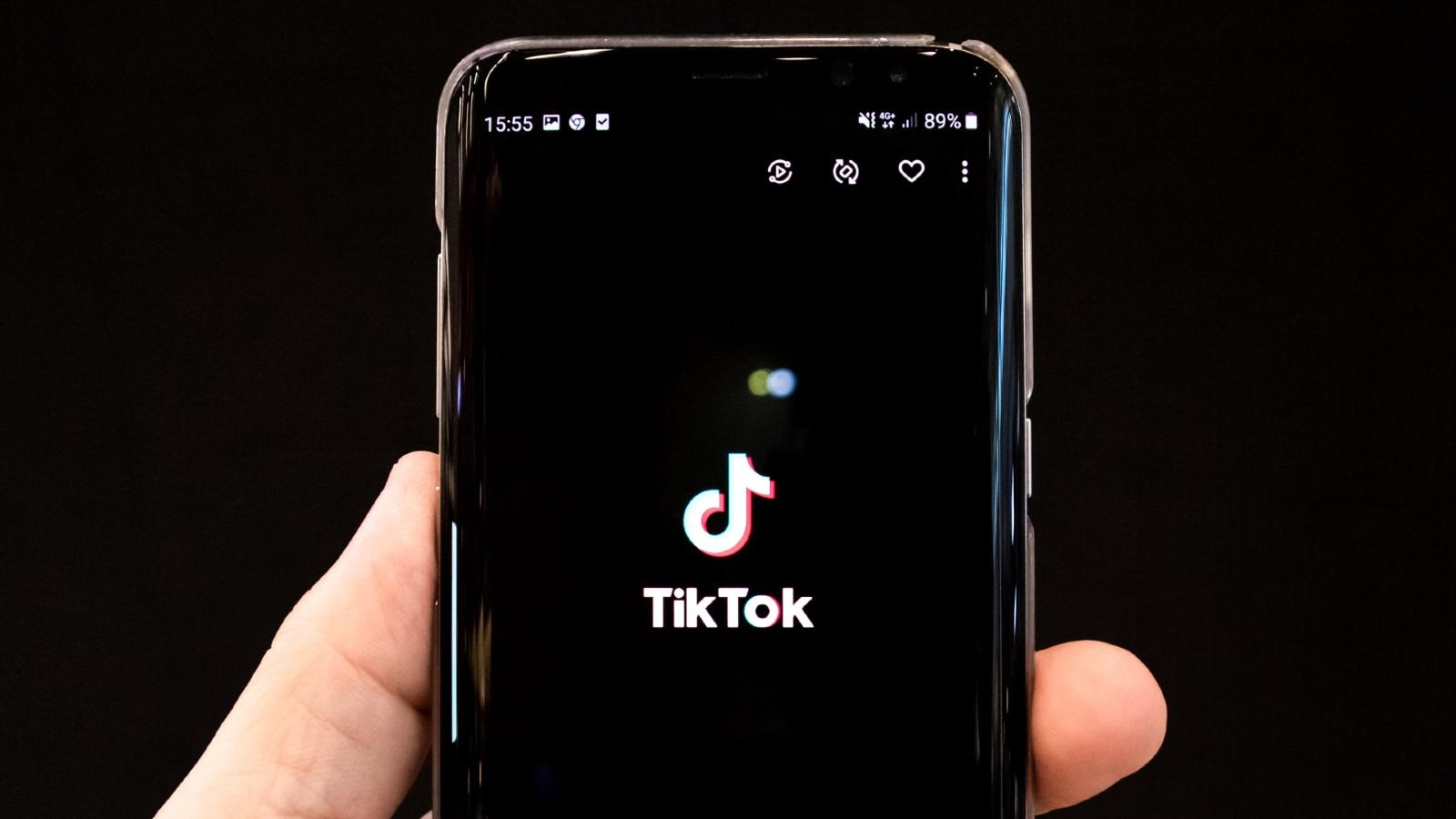What is VTubing? Virtual creators are taking over Twitch & YouTube
 Pokimane
PokimaneVTubing isn’t a household term in the Western hemisphere yet, but in the East it’s nothing short of a phenomenon, enabling creators to rack up millions of views each and every month — so, what exactly is it?
Firstly, it’s worth noting what the norm is when it comes to content creation on YouTube, Twitch, and other video and streaming platforms. While ‘Just Chatting’ is becoming a more popular category over time, gaming content with a player streaming or recording their gameplay with a camera overlay is the standard.
Sometimes these creators are popular for their high-tier gameplay, but people often return because of their personalities. Much like in any other form of entertainment, viewers gravitate towards people they can relate with or aspire to be like.
Gamers such as Ninja are rapidly becoming staples in pop culture, transforming into celebrities both online and offline in front of our very eyes. Gaming and streaming are becoming flagpole elements of entertainment; what if there was a means of becoming popular through video content while remaining entirely anonymous?
What is a VTuber?
 Kizuna AI
Kizuna AIOriginating in Japan, VTubers are virtual YouTubers (although counter-intuitively, are not exclusive to YouTube). They create content online using a virtual avatar that’s digitally-generated and heavily inspired by anime. It’s estimated that there were over 10,000 active VTubers at the start of 2020 (and that number has no doubt grown exponentially), with streamers and YouTubers alike hiding their real identity in favor of being represented by an avatar. They use characters custom-designed by artists and bring them to life through programs such as Live2D.
- Read More: Who is CodeMiko? The VTuber going viral
While the main viewer base for VTubing is currently those outside of Japan who love the nation’s culture and anime, there’s real potential for this approach to outgrow its origin and become as common as, if not more widespread than, creators using their real identity.
The technology behind VTubing typically includes facial and gesture recognition combined with animated software. It’s not simple. Aspiring VTubers need to invest in creating a full-body avatar, 3D animation software that enables the avatar to move naturally, a motion capture system, and some smaller components to bring it all together.
Some VTubers choose to use voice-changing software to further mask their identity and make their avatar truly a character of its own. It’s not as simple as using your smartphone to stream live to Twitch or record a simple video, that’s for sure.
Who are the main players in VTubing?
 Hololive
HololiveKizuna AI is considered to be the first-ever VTuber. Since debuting in late 2016, she has racked up millions of views on YouTube and inspired countless other versions of this emerging trend. Kaguya Luna and Mirai Akari are also regularly named among the top creators in this sector.
- Read More: PewDiePie debuts VTuber avatar
If there’s a VTuber agency that’s a relative equivalent to gaming firm Loaded — the team that represents the likes of Shroud, sjokz, CouRageJD, DrLupo, and Anne Munition — then it’s Hololive. What they’ve built in just over a year is nothing short of remarkable.
The agency has risen to prominence in no time at all since its launch in December 2019, now managing over 50 creators. They represent prominent talent like Inugami Korone, Shirakami Fubuki, Usada Pekora, Gawr Gura, and Houshou Marine. These are names you may not recognize, but their respective followings are nothing to scoff at.
There was controversy surrounding Pokimane, one of Twitch’s biggest stars, when she returned to the platform in September 2020 after a month away. The source? She opted to debut her new VTube character.
While some may see this as bringing attention to VTubing among her significant Western audience, some fans felt as if she was trying to capitalize off of the approach instead of contributing towards it. A couple of months later, she explained that the backlash forced her to use her VTuber avatar less.
CodeMiko is one of the more prominent VTubers to date, gaining traction on Twitch with a healthy follower count of over 200,000 at the time of writing. Dexerto recently looked into the account’s growth, including a look at how the creator — known as ‘The Technician’ — brings her avatar to life.
The future of content creation?
 Game Freak / YouTube: PewDiePie
Game Freak / YouTube: PewDiePieThere are several advantages on the business side of the equation that VTubing can bring. Typically in content creation, unless the creator is playing a character like Dr DisRespect, then they themselves are their IP. It’s their identity and personality that appeals to consumers, not a separate brand.
- Read More: TikTok competitors Byte and Clash merge
VTubers detach their personal identity from their on-camera avatar, meaning they can command millions of views online and go unnoticed in real-life. They can walk the streets, create content under another avatar, and attend fan conventions — for example — without the fanfare that other creators may be subject to.
If a creator also uses a voice-changing application, what’s to stop their avatar being controlled by somebody else? As long as the character is crafted carefully with styling choices and personality traits established, actors can take the reins. This reduces the strain on any single creator and perhaps means the IP of the avatar could even be sold.
If Ninja sold his brand to another streamer then it’d be nigh-on impossible for the new owner to maintain, or grow, the IP. This problem doesn’t exist in the world of VTubing — a world that’s in a nascent stage and is poised to grow even more over the coming years.



